Follow us
Hall & Oates’ Ubiquitous “I Can’t Go for That”
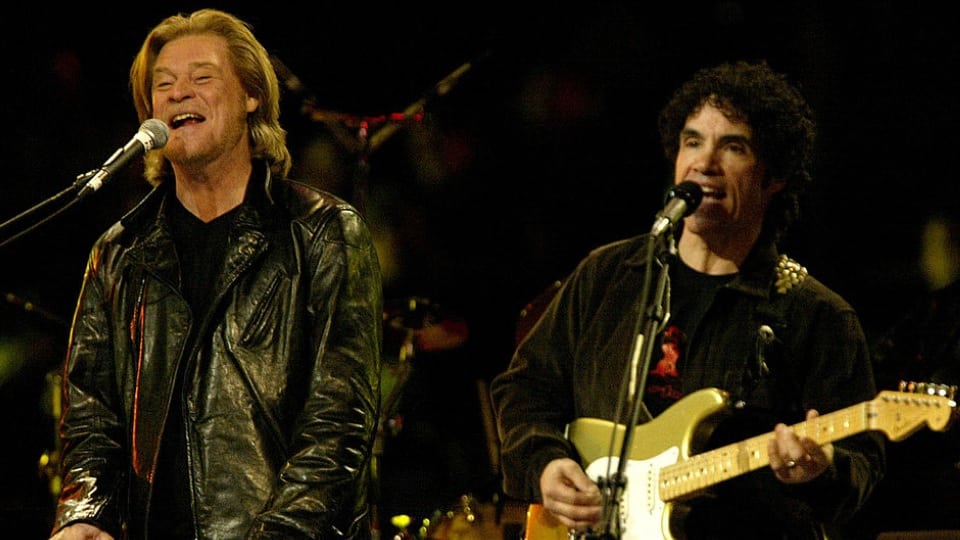
Attempting to summarize any long-standing artist’s career with a single song is a difficult task. By virtue of their longevity, any such artist’s body of work contains numerous data points but no definitive metrics to assess them. A song’s ubiquity on compilation albums or in concert might point the way, but collections aren’t always representative, and concerts don’t always reflect the creative shifts an artist may have undertaken over the years. “Like A Rolling Stone” is arguably the song most associated with Bob Dylan, but Dylan hasn’t played that 1965 touchstone in concert since July 2019, and so far the post-lockdown performances on his “Neverending Tour” emphasize newer material over the classic. Even groups whose work is defined by decades of stylistic consistency can invite debate. “(I Can’t Get No) Satisfaction” seems the obvious focal point within The Rolling Stones songbook, but “Start Me Up” might want a word about that.
Record sales and chart placements aren’t necessarily synonymous with creative achievement, but they’re instructive when considering the appeal of an act whose cultural influence far outstripped their critical appeal. Despite similar longevity – and their 2014 induction into the Rock and Roll Hall of Fame, Daryl Hall and John Oates aren’t typically granted the same respect as many of their contemporaries. At the height of their success, the duo seemingly appealed to too many and with too much craftsmanship to get the acclaim received by classic rockers like the Stones or Neil Young.
Hall and Oates’ first decade recording together combined hit singles and a healthy dose of musical eclecticism. The same is true of the five-year stretch that came after, albeit with a much higher concentration of the former. From 1981 to 1985, a dozen of their songs became Top 10 hits in the US, five of them reaching #1. Being so plentiful, the singles tend to dominate perceptions of the duo’s work in this period, and though they don’t entirely represent the scope of their musical style, they nevertheless embody their ambition for melding rock and soul traditions.
That’s particularly true of the pair’s most enduring hit. Other Hall and Oates songs topped the Billboard’s Hot 100 chart longer, but none had quite as broad an impact as the late-1981 release “I Can’t Go for That (No Can Do),” the second single released from their 1981 album Private Eyes. Along with its success on the pop charts, the track reached #1 on both the soul and dance charts as well as receiving significant airplay on adult-contemporary and rock stations. While some of the earlier songs had reached the Top 40 in various countries outside of North America, this was their first truly worldwide hit.
Like the albums they appeared on, Hall and Oates’ hits typically reflected a variety of musical influences. “I Can’t Go For That” was in keeping with that tradition, yet also thoroughly original in its blend of sax, soul, and synths. The unique sound was matched by a similarly unique process of writing and recording.
Though the records that followed their first #1 single, “Rich Girl,” in the late-1970s were less commercially successful, the duo recorded and toured annually, a pace they maintained even after the 1980 album Voices provided a commercial second wind. “We were moving so fast during that period of time there was no time for reflection,” recalled John Oates in 2009. “It was literally write, record, tour and make music videos. And it never stopped for three or four years straight.”
This frenetic pace meant that when Hall and Oates started recording the album Private Eyes early in 1981, their record company was still releasing singles from Voices. In a 2004 interview, co-producer Neil Kernon recounted the collective reaction to manager Tommy Motolla telling them that its third single “Kiss On My List” reached #1. “Once Tommy had gone, we took a deep breath and said, ’This album has got to do better than Voices.’ That added a lot of pressure. We knew we really needed to build upon the success of Voices.”
For his part, Daryl Hall felt they met the challenge with “Private Eyes,” telling Billboard in 1981, “It’s an improvement on the ground we broke with Voices. It’s a lot more intense. We haven’t stopped growing yet.” A positive side effect of their rapid pace of writing and recording was that ideas that started to form on one record had time to take shape for the next, sometimes quite spontaneously.
According to Neil Kernon, this included a light-bulb moment during dinner after a day spent in the studio. “At the end of dinner, Daryl said he had this riff in his head for a couple of years and the pre-chorus ‘Al Green’ part had finally come to him. So he said, ‘Could we just go back to the studio and put it down before I forget it?’”
Ironically, a key element of the impromptu recording session that yielded “I Can’t Go for That” is a piece of studio equipment not typically associated with spontaneity, Roland’s CompuRhythm drum machine. “The old CompuRhythm had four presets: Rock 1, Rock 2, cha cha/samba and some other stupid beat,” John Oates explained in a 2006 article about the song for Mix.
“I turned to the Rock and Roll 1 preset, sat down at a Korg organ that happened to be lying there and started to play this bass line that was coming to me,” Hall added in the same piece. “The chords came together in about 10 minutes, and then I heard a guitar riff, which I asked John, who was sitting in the booth to play.”
“Daryl sang a guitar part idea,” said Oates. “I started to experiment with a muting thing and the part evolved on the spot.” One element that didn’t change during the recording was the drum track. “We tried putting real drums on that but it didn’t work,” commented Neil Kernon. “It sounded too heavy-handed. It lost the sensuality and slinky feel.”
Having these instrumental elements in place – along with what Kernon described as a “rough hummed vocal” from Hall – set the stage for the singer to flesh out the lyrics with his frequent collaborator Sara Allen, who had herself inspired the duo’s earlier songs “Las Vegas Turnaround” and “Sara Smile.” Though John Oates was also part of this process, he downplayed his own contribution. “Even though I did collaborate with Daryl on the lyrics, it’s really his song because he came up with the groove and the feel.”
Oates was nevertheless close enough to “I Can’t Go for That” to explain to the Philadelphia Inquirer that the lyrics were not, as many believed, about a romantic relationship but rather reflected the music business and fighting to stay true to yourself creatively. “If we have any kind of philosophy for our lyrics over the years it was to try to take a universal subject and somehow make it seem personal so that people could relate to it as a personal thing.”
“I Can’t Go for That” remains a staple of Hall and Oates concerts, having quickly established itself as a vehicle for the musicians in the band to stretch themselves, as documented on the 1985 live album Live at the Apollo. This is driven in large part by another distinctive element of the original song, the horn solo played by saxophonist Charlie DeChant on a variant called the saxello. Now 77, DeChant continues to perform the song with the duo and did the same for Hall on his solo tour earlier this year.
Other musicians have also played a part in keeping the song in the cultural ether. Beyond straightforward cover versions such as those by soul singer Brian McKnight or the vocal group The Nylons, a variety of artists have incorporated parts of the song into their work. In a number of interviews, Daryl Hall related how during the recording sessions for “We Are the World,” Jackson told him that he appropriated the groove of “I Can’t Go for That” into his own #1 song, “Billie Jean,” with Hall recognizing that this kind of cross-pollination was “something we all do”.
That extends to more direct borrowing in the form of sampling, ranging from British soul band Simply Red to a variety of rap artists. Foremost among the latter group is De La Soul, who sampled “I Can’t Go for That” in their 1989 anti-drug hit “Say No Go.”
De La Soul member Posdnuos (aka Kelvin Mercer), one of the Say No Go’s co-writers, summarized his regard for the original song and its makers in the liner notes for the 2009 boxed-set Do What You Want Be What You Aret. His assessment probably echoed the feelings of many fans. “Hall & Oates have made so many songs that have become soundtracks through the times in our lives and are still musically and lyrically relevant.”
-Don Klees
Photo: Getty Images







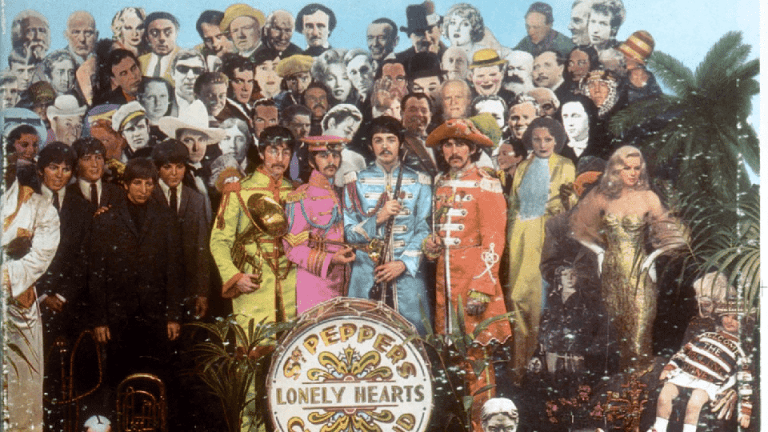
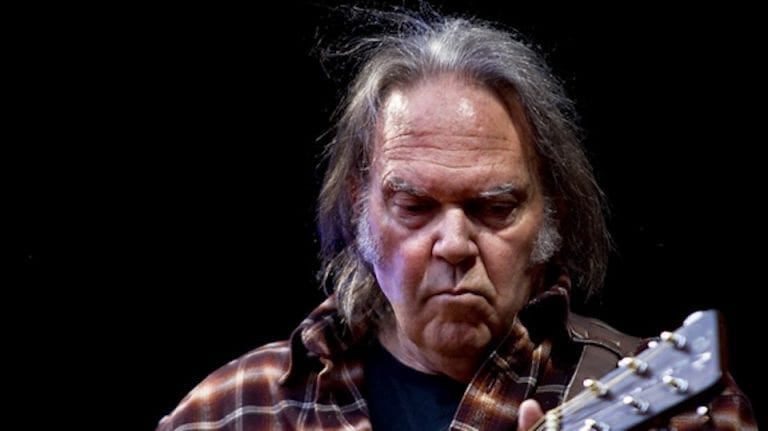



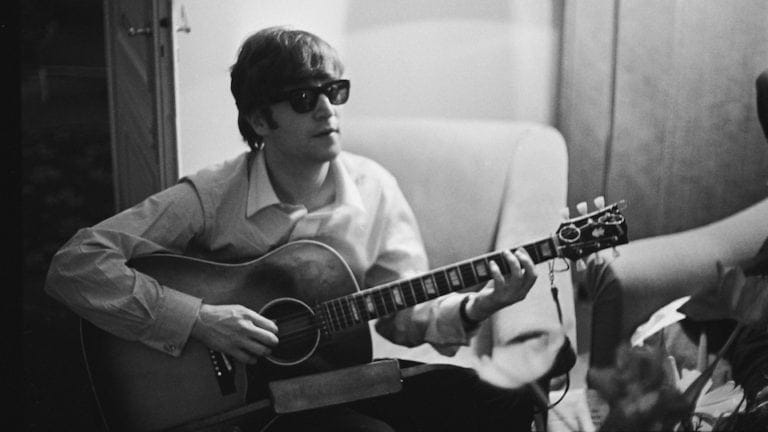



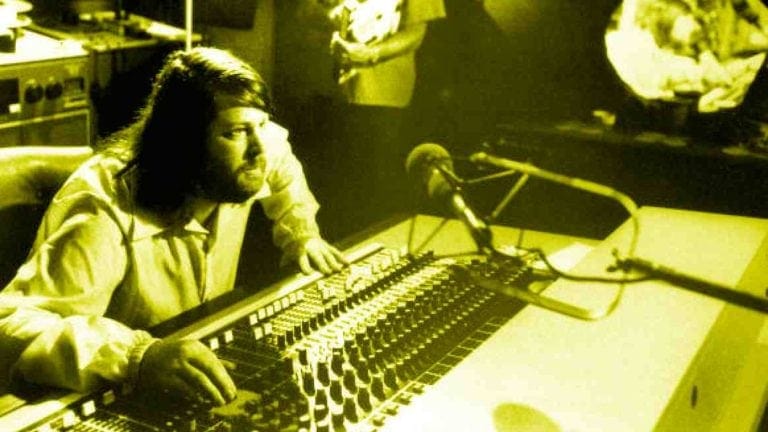
Nice one, Don.